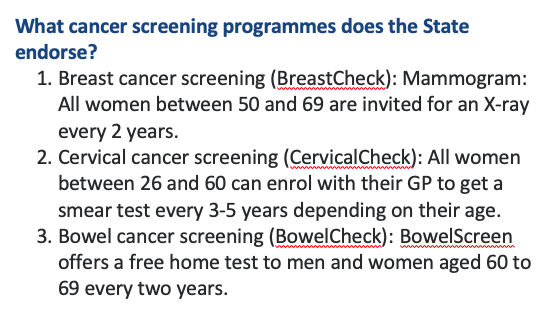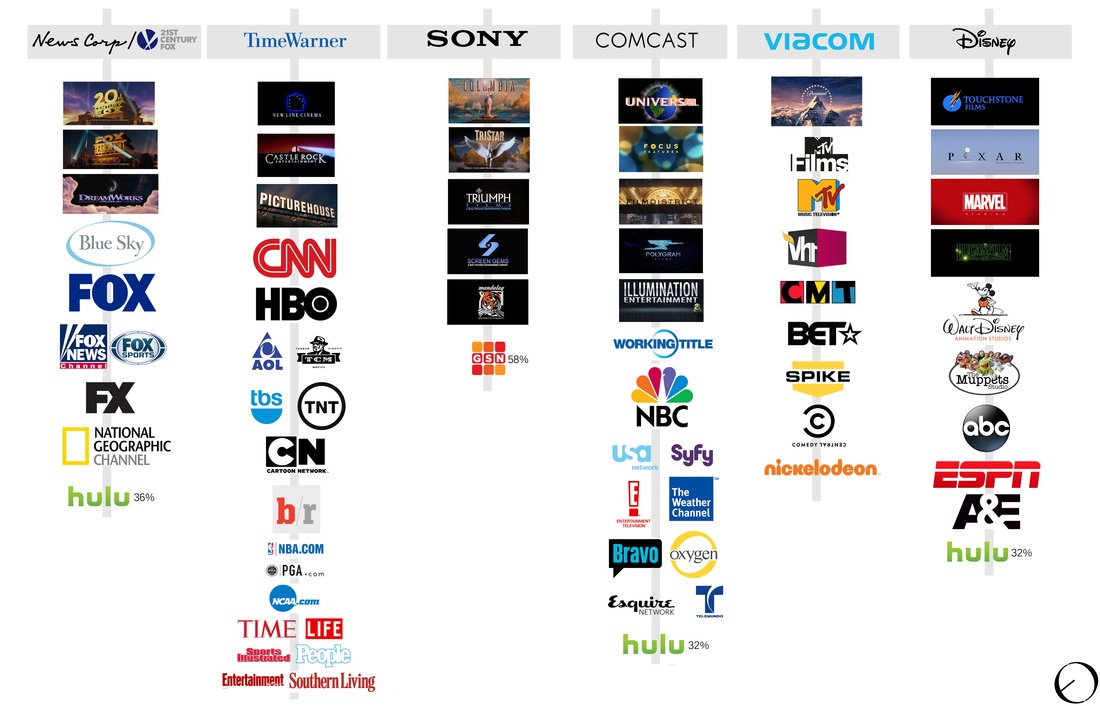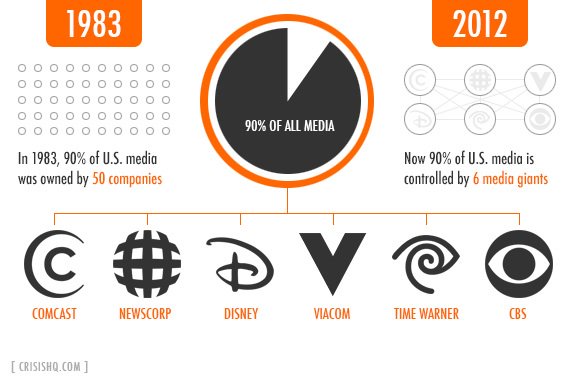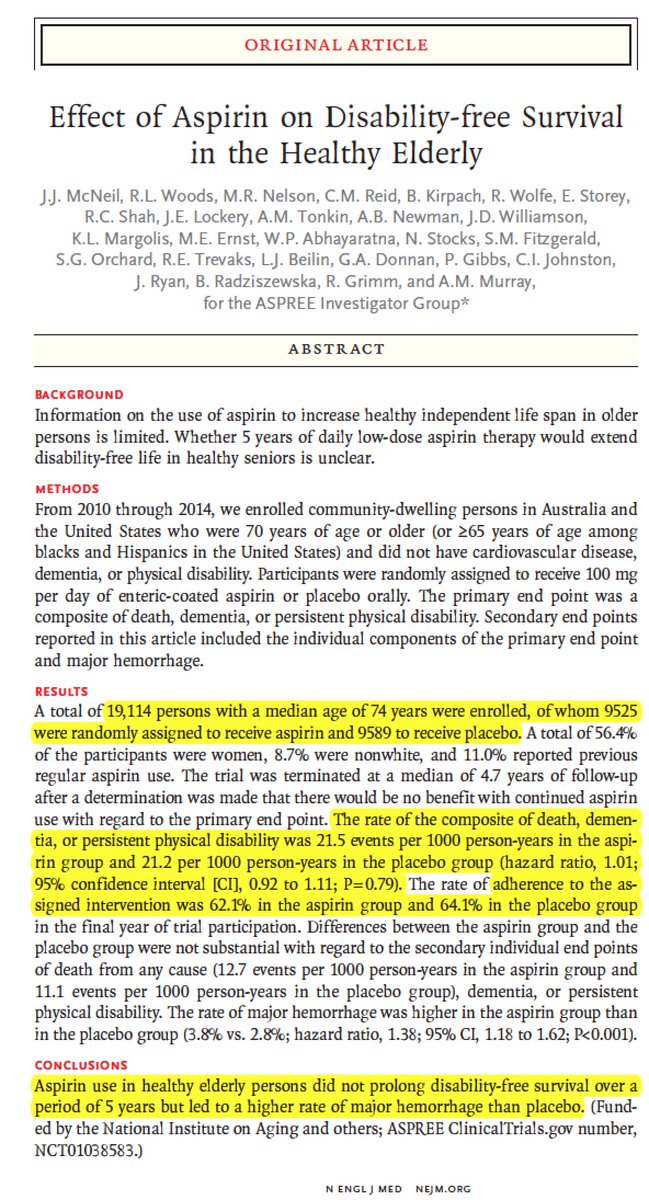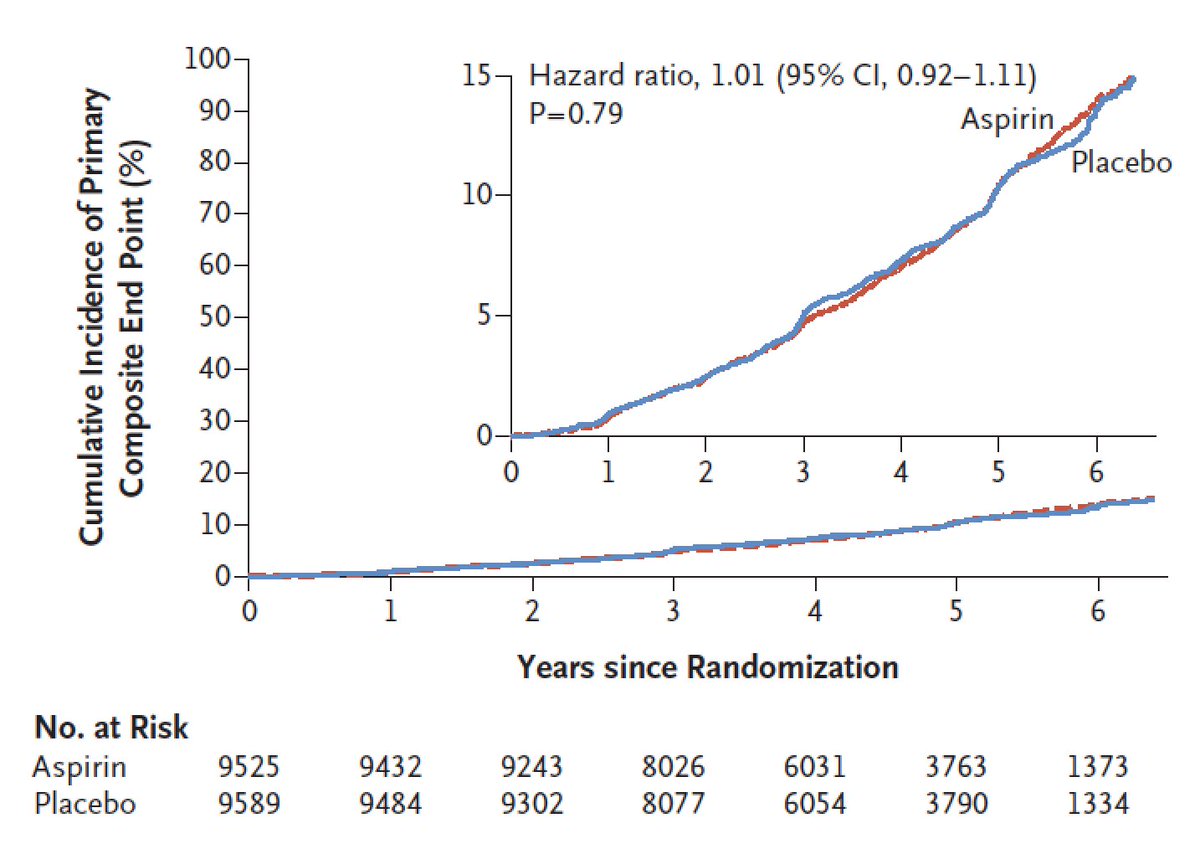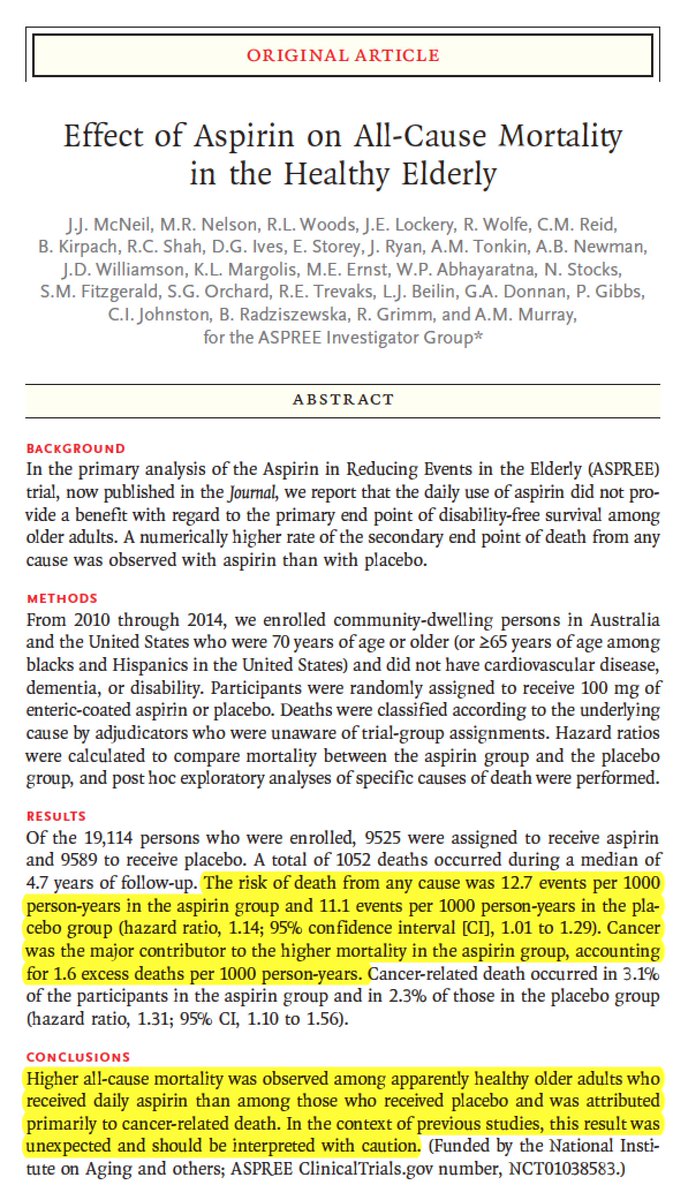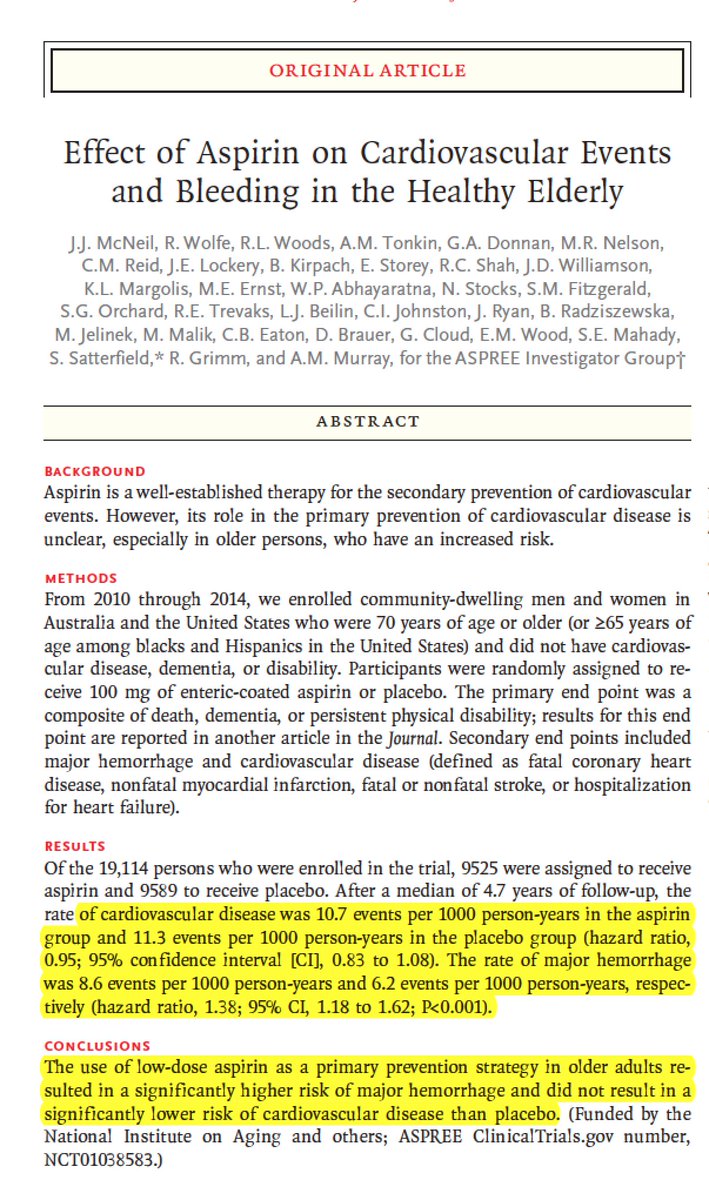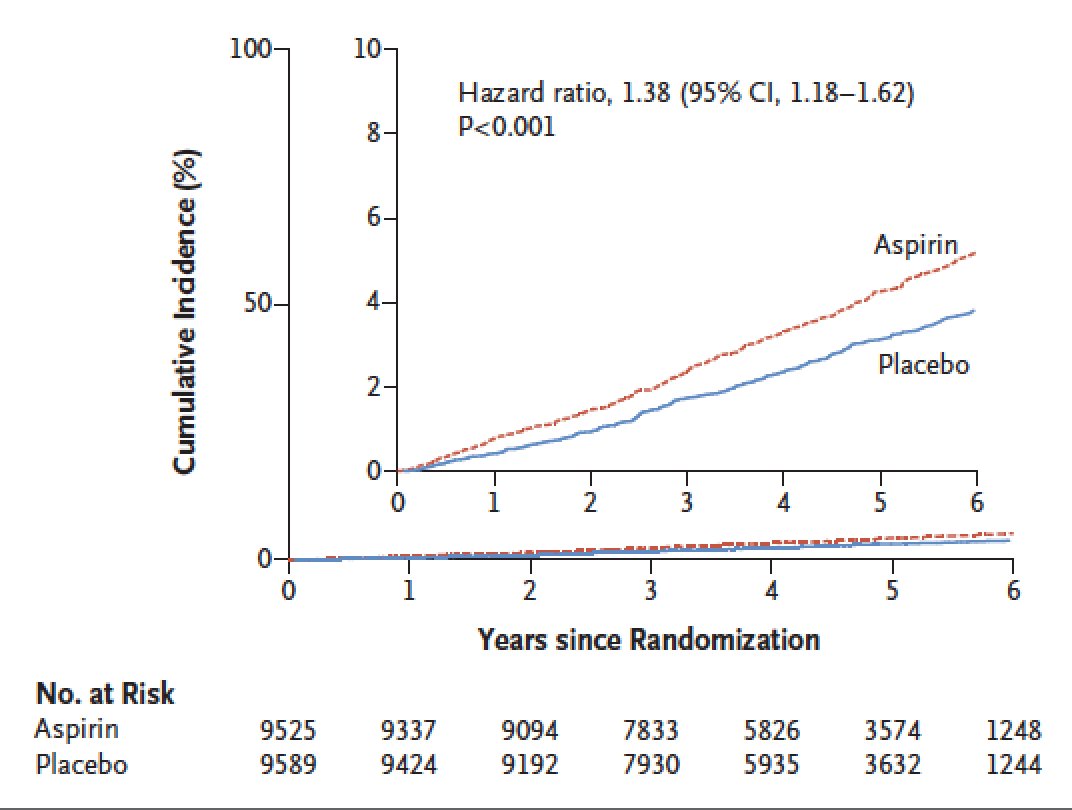Unless people experience breast cancer or are close to someone who does, they might not be able to separate myth from fact when it comes to #breastcancer.
So let's talk about the myths, causes and symptoms.
#BreastCancerAwarenessMonth
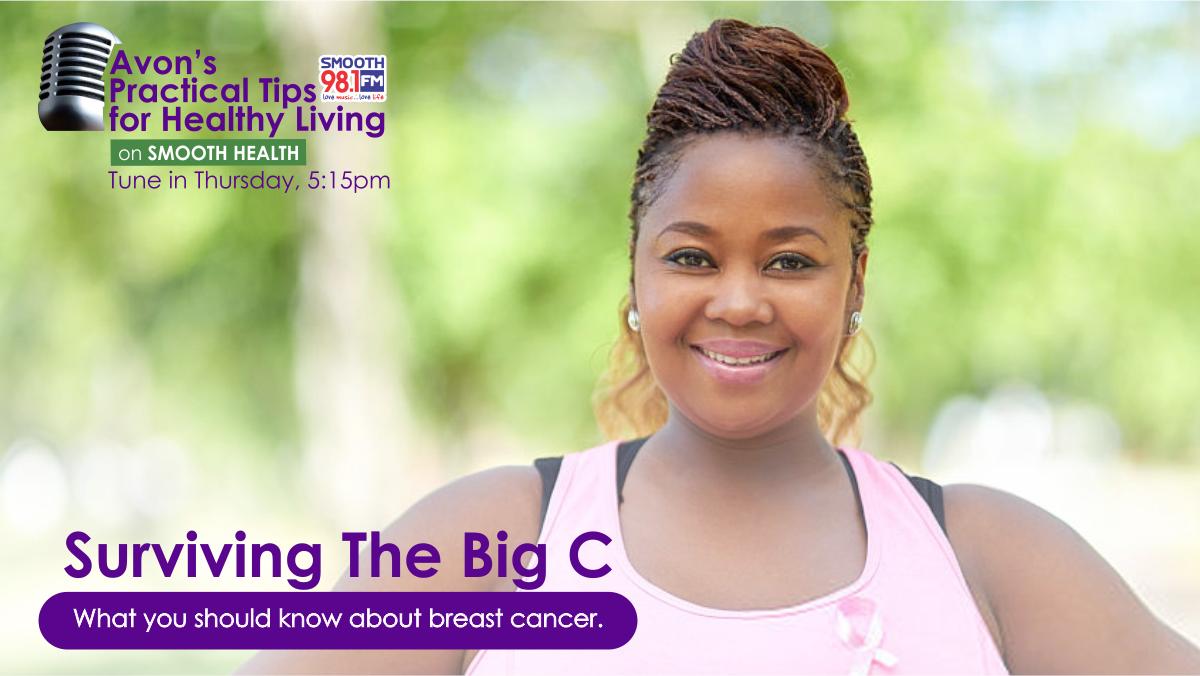
FACT: Most people diagnosed with breast cancer have no known family history.
FACT: Although these behaviours can help lower breast cancer risk significantly, they can’t eliminate it.
FACT: There is no evidence that bras cause breast cancer.
From time to time, media coverage and the internet have fueled myths that wearing a bra can increase breast cancer risk. This is wrong.
However, there is no scientific evidence to support this claim.
FACT: There is no evidence of a connection between underarm antiperspirant and breast cancer, but the safety of antiperspirants is still being studied.
FACT: There is no evidence that sugar in the diet causes breast cancer.
FACT: Although mammography is the best early-detection tool we have, it doesn’t always find breast cancer at an early stage.
FACT: Breast cancer might not cause a lump, especially when it first develops.
“If the lump is painful, it isn’t breast cancer,”
“If you can feel a lump that is smooth, and/or that moves around freely under the skin, it’s not breast cancer.”
All wrong.
FACT: Even with early-stage breast cancer, there is always some risk that the cancer will return.
Although most people with early-stage breast cancer won’t have a recurrence, the risk never goes away completely.
FACT: Treatment plans vary widely depending on the characteristics of cancer and patient preferences.
FACT: Younger women can and do get breast cancer, as do men. Abisayo Fakiyesi, the survivor we have in the studio today, noticed her first breast cancer in her 20s.
FACT: Breast cancer can have a long-term impact on people’s lives and well-being.
In reality, targeted therapies such as Herceptin may be prescribed for a year or more.
For many people, the effects of the breast cancer experience last for years — or for life, in the case of metastatic breast cancer — but their loved ones just don’t get it.
Do have a wonderful evening and tell your loved ones to make breast self-exams a priority.




